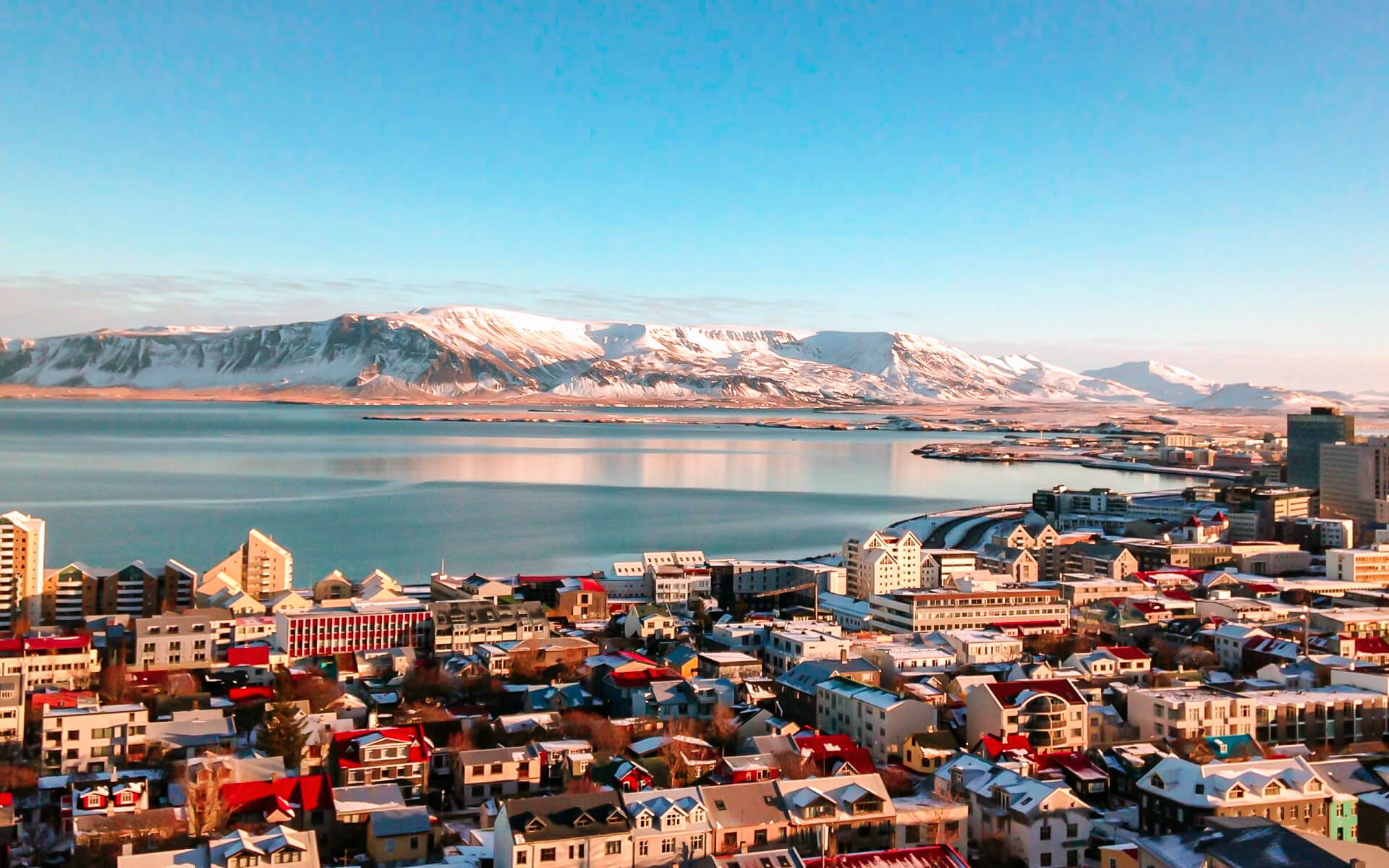Reykjavik is the cultural and social center of the Icelandic people, as well as one of the main tourist destinations in Iceland. The city is large, with spreading suburbs. The city center, on the other hand, is a fairly tiny region with unique and colorful residences, as well as wonderful shopping, eating, and drinking.
Despite its tiny size, Reykjavik has a lot to offer. There is a thriving music scene, with performances held most nights in the city center. For theatre fans, the city has two big theatres that each stage roughly ten plays a year, both local and international, as well as a number of smaller theatrical organizations that specialize in various types of contemporary theatre.
There are a lot of ways to get a taste of Icelandic environment without leaving the city, and outdoor activities in the city’s surrounding area are many. And no trip to Reykjavik would be complete without visiting one of the geothermal baths.
NIGHTLIFE
Weekend nightlife is well-known in Reykjavik. Icelanders prefer to stay out late, so pubs that seem to be empty might unexpectedly fill up—usually after midnight on weekends.
In bars, alcohol is pricey. Before going out, most people drink at home. Beer was illegal in Iceland until March 1, 1989, but it has since become a popular alcoholic beverage among many Icelanders.
In Reykjavik, there are approximately 100 distinct pubs and clubs, the most of them are situated on Laugavegur and its neighboring streets. It is fairly usual for a café before dinner to transform into a bar in the evening. On weekends, the store normally closes around 4:30 a.m., while during the week, it closes at 1 a.m. Iceland Airwaves is an annual music event held in October.
- Visit Reykjavik, Aðalstræti 2 (by Ingólfstorg), +354 590 1550, fax:+354 590 1501. 8:30AM-7PM daily 1 June-15 Sept; 9AM-6PM M-F, 9AM-4PM Sa, 9AM-2PM Su 16 Sept-31 May.


